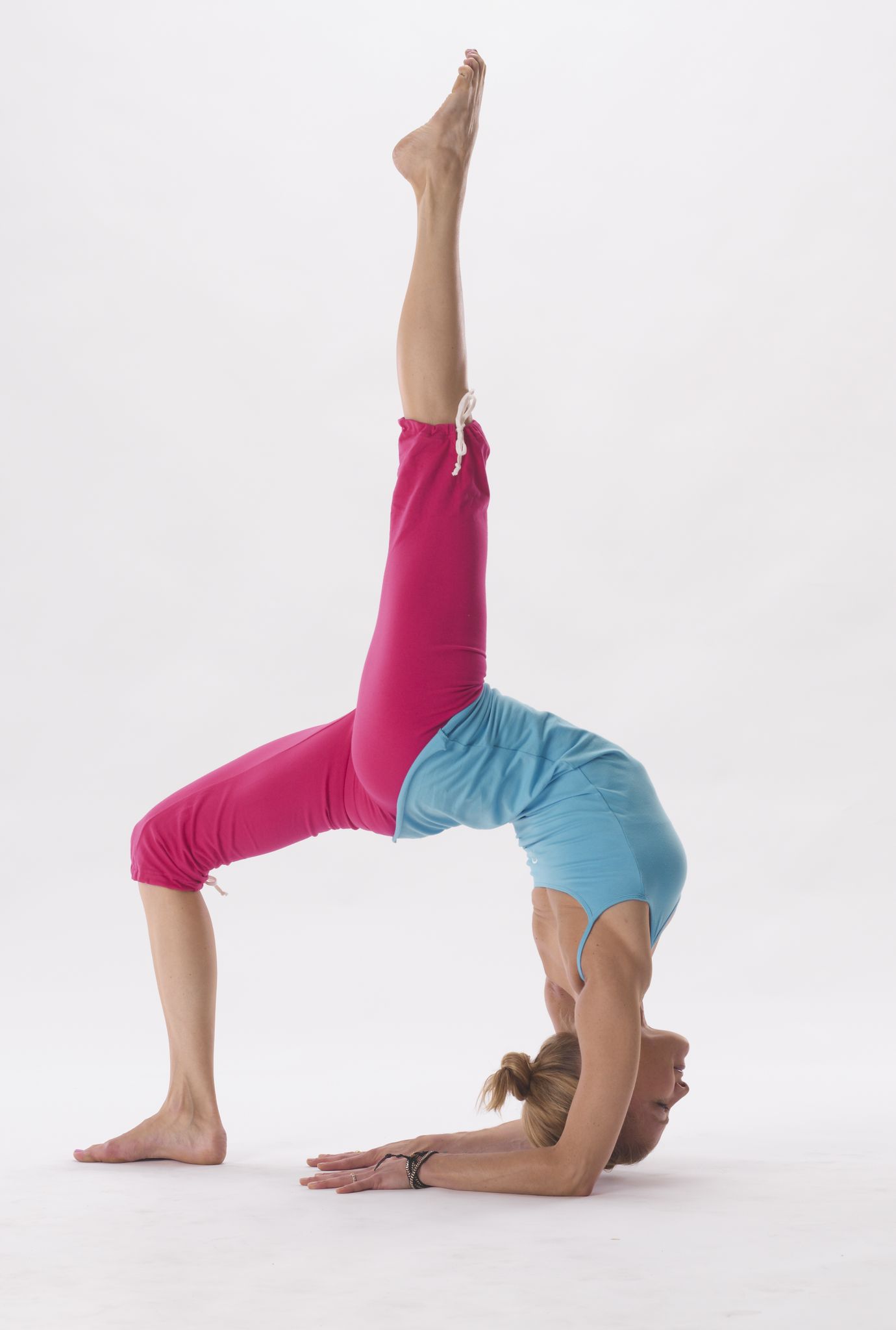Thoughts on Injuries

Another sensationalized article from William Broad & NYT has attempted to once again stir up the yoga controversy pot. Sadly, like in his similar article (that one targeting men mostly) to sell his book last year, Broad makes broad generalizations, and his reporting is messy. He throws out numbers, for example: one surgeon who says he does 50 to 75 surgeries yearly, mostly on women, who “danced or did yoga.” He doesn’t say how many total surgeries the doctor does, or how many of these patients actual practice yoga, much less if a single one was caused by the yoga.
There are quotes from doctors saying, ““If they’re doing things like yoga and have pain in the hips, they shouldn’t blow it off.”” Well, yes, if anyone is doing anything and has pain in the hips, they shouldn’t blow it off.
Or, ““If that’s done without an understanding of the mechanical limitations of the joint, it can mean trouble,”” Well, yes, if anything is done without understanding the limitations of a joint or any part of your body, it can (will) mean trouble.
There is a lot of sensationalism surrounding yoga and injury.
One explanation for the rise of injuries being correlated to yoga is that when people practice yoga, they become more aware of and connected to their bodies. For example, a woman can have back pain her whole life, but chalk it up to, “I have back pain; it’s part of life”. When that same woman starts to practice yoga and becomes in tune with her body, she realizes that back pain is not part of her natural state, and therefore may seek out medical assistance. It’s not that yoga caused the back pain so much as made her aware of it. But, that woman goes to her doctor and says, “I practice yoga and I have back pain.” Voila: a yoga related injury. None of this research says that yoga causes the injuries.
Another explanation of increase in this injury among yoga practicing women is the sheer number of increase of yoga practitioners. More people practice yoga, so more people coming in with this hip injury will practice yoga.
The thing we all need to remember is that yoga helps people tremendously. After all of the very well painted claims in this NYT article, Broad does note “Scientists have long reported that yoga’s movements can help fight joint inflammation.” And closes his article (although it’s so long, I doubt too many people read the whole thing) by saying “Better to do yoga in moderation and listen carefully to your body. That temple, after all, is your best teacher.” Listening to our body, I can agree with. If we all listened to our bodies, injuries wouldn’t happen!
That said, as Broad sites that some yoga teachers “…encourage students to “push through the pain.” That’s not smart. Pain is nature’s warning system. It’s telling you that something has gone awry.” I agree: pain is nature’s warning system, and you should always listen to it. To me, that’s another reason to practice yoga: to get connected enough to your body to know when something is wrong. So many people ignore pain, which never leads to good things.
Personal feelings aside about how upset I get when articles like this garner this much attention, just like in every activity one can do in life (walking down the street, emptying the dishwasher, etc, etc) people can get hurt in yoga.
Some common yoga – related injuries:
- Hamstring: tear, pull or less common: overstretching
- Cause: hamstring injuries can arise from forcing yourself too far in forward folds with straight legs, or forcing your legs straight in any pose. They can also be caused to super quick, jerky movements (like rocket launching yourself into an inversion.)
- Fix: The key here is forcing. Don’t force anything! Think less about getting your leg straight and think more about breathing into each pose. Use each inhale to lengthen a bit, and each exhale to relax a bit. Never use your hands to pull yourself deeper into a forward fold. Your body knows its limits – if you need your arms, you are moving beyond those. And, your limits will be different every moment of every day. In terms of going into inversions: keep your knees soft at all times. Be easy in your movements, and your movements will be easy on you.
- Wrist pain
- Cause: we aren’t used to being on our wrists! Plus, we use them so much on keyboards and texting that they are already aggravated.
- Fix: in down dog, or plank, or arm balances, or anywhere you are on your wrists, think about alignment. Line your wrist creases up with the front edge of you mat so that they would create one parallel line. Get a good spread of your fingers. Press into the bottom knuckles of your fingers (where they meet your hand), especially the knuckles of the forefinger and thumb. Also, press into the top of your fingertips so that your nails might change color (if you can see them through your fabulous nail polish!). All of these things will alleviate pressure on your wrists. That said: every body is different, these are very general guidelines, make it right for you.
- Lower back irritation
- Cause: rounding your spine trying to bring yourself too deeply into forward folds.
- Fix: think about lengthening your spine. Again: forward folds are not about how quickly you can smoosh your chest into your thighs. They are about lengthening your spine. Try to keep the rounding out of it. Use each inhale to lengthen your spine (feel lengthening even in your side waist), and each exhale to relax into the length you create. If seated forward folds are very challenging to you, try doing them sitting on a block or blanket: this gives you more room. Also, try softening your knees to take it out of the hamstrings.
Yoga is meant to heal you. To connect you to yourself, to allow you to become more present, more aware and more whole. Don’t forget that! Yoga is not a competition about forcing yourself into the shape of the person on the mat next to you or a picture you have seen. The Sanskrit word, “yoga” means “to yoke” or “to unite” – not break apart! When you practice: be the best feeling version of you. Your body is incredibly intelligent! If it tells you to back off, back off! Nothing in your life will change if your leg is stick straight in a pose… Except that your leg will be stick straight in the pose. Learn to move with ease, go with the flow. Find that flexibility in your mind, and your body will follow. Namaste.











